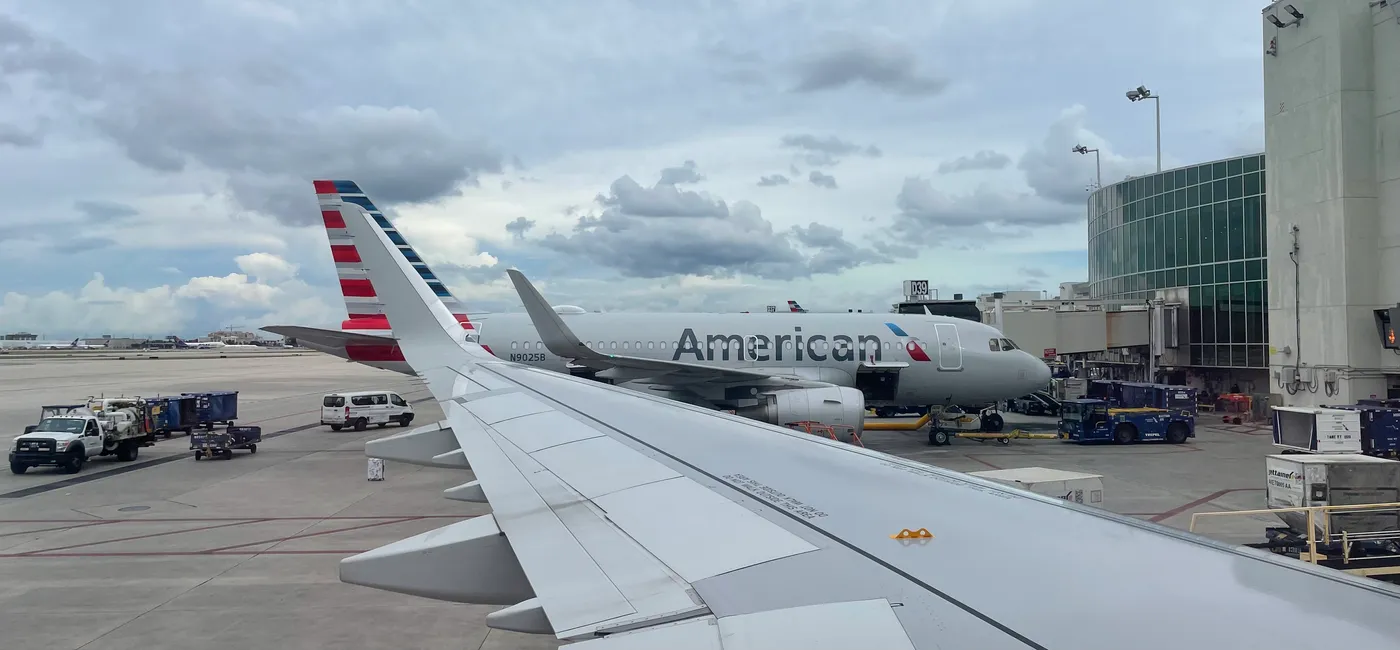Wing Walker Killed by Arriving American Jet Highlights Ramp Safety Risks

A tragic accident at Dallas–Fort Worth on November 12 has renewed attention on the dangers faced by airport ramp workers. According to early reports shared by aviation watchdog JonNYC, a wing walker was struck by the engine of an arriving American Airlines aircraft, an incident that has not yet been widely covered by major outlets.
While rare, wing walker and ramp agent fatalities involving engine ingestion or vehicle collisions occur more often than many realize. In an industry that prioritizes safety above all else, these events underscore the persistent risks of working around running engines, moving aircraft, and ground vehicles.
One of the most serious recent cases occurred on December 31, 2022, when an American Eagle (Envoy Air) Embraer 175 arrived in Montgomery, Alabama, operating as flight AA3408 from Dallas–Fort Worth. Because the auxiliary power unit (APU) was inoperative, the left engine remained running at the gate. A Piedmont Airlines ramp agent approached the aircraft to place safety cones and was pulled into the operating engine, resulting in her death. The NTSB’s final report found that she had repeatedly approached the danger zone despite multiple warnings and cited cognitive impairment from a cannabis product as a contributing factor.
Another fatality took place on June 23, 2023, when Delta flight 1111 from Los Angeles to San Antonio taxied to the gate on a single running engine. A ground worker was ingested into the operating engine; the death was later ruled a suicide.
More recently, on January 27, 2025, a wing walker for American Airlines died in Charlotte after completing pushback procedures. While walking back toward the gate, he was struck from behind by the tug that had just pushed the aircraft.
Several older cases remain textbook examples of the risks involved. At San Juan in 1989, an American Airlines ramp guide stumbled behind an aircraft’s nose gear during pushback and was run over. In 1992, a US Airways worker at New York LaGuardia was killed by a tug. And in 1997, a Delta wing walker at JFK was run over by the aircraft’s nose gear after walking in front of it to retrieve a headset cord while the aircraft was still moving.
Ramp safety protocols are designed to prevent these exact incidents. Standard procedures require that no personnel approach the aircraft until the parking brake is set, engines are fully shut down, and beacon lights are off—signals that it is safe to enter the hazard zone. But when an aircraft lands with an inoperative APU, crews must keep at least one engine running for power and air until the ground cart is connected, increasing the risk for those who may assume “arrived at the gate” means “engines off.”
Human factors frequently contribute as well. Procedures may be misinterpreted, hand signals misunderstood, or workers may become complacent in environments where serious accidents feel improbable. Wing walkers are intensely focused on wingtip and tail clearance and may lose situational awareness of tugs or running engines. Meanwhile, cockpit crews have limited visibility of people near the aircraft—especially at night, in rain, or in tight parking areas.
While investigations into the November 12 incident at DFW are still underway, the tragedy serves as a stark reminder of the hazards facing ramp workers every day. These jobs are essential, physically demanding, and far more dangerous than passengers—and sometimes even workers themselves—may fully appreciate.
Related News: https://airguide.info/?s=american+airlines, https://airguide.info/category/air-travel-business/travel-health-security/
Sources: AirGuide Business airguide.info, bing.com, viewfromthewing.com
